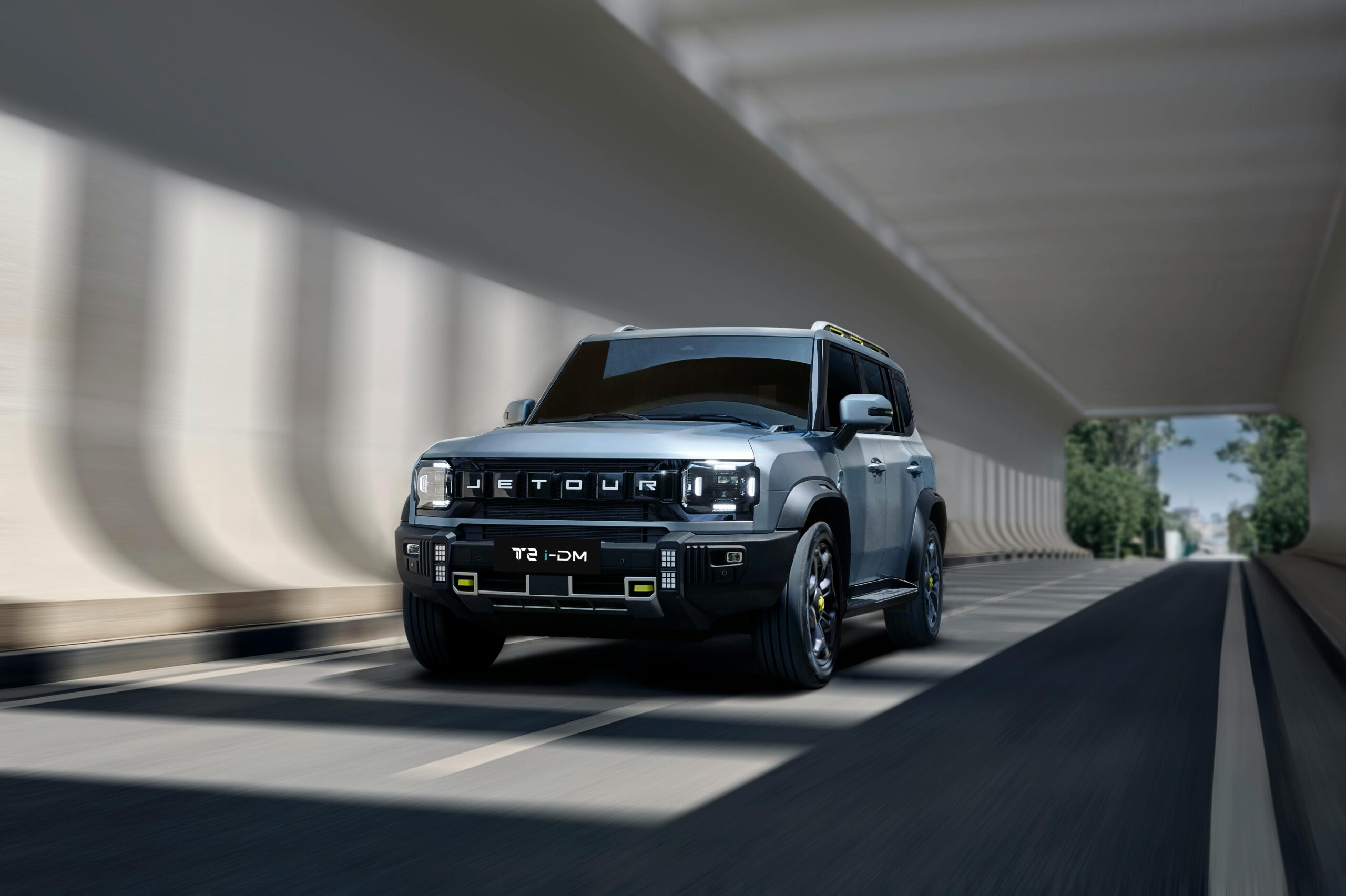The automotive insurance landscape is undergoing a significant transformation. With advancements in technology, digital platforms, and telematics, car insurance in 2025 is not just about protection against accidents or theft—it’s about personalized, data-driven coverage that aligns with individual driving behavior, vehicle types, and lifestyle choices.
This article explores how technology and telematics are reshaping car insurance, the benefits for drivers and insurers, emerging trends, and what the future holds for this rapidly evolving sector.
Understanding Telematics in Car Insurance
Telematics refers to the integration of telecommunications and informatics to monitor, transmit, and analyze data from vehicles. In car insurance, telematics systems collect real-time data on driving patterns, including:
-
Speed and acceleration
-
Braking habits
-
Time of travel
-
Mileage
-
Location and routes
This data is then used to tailor insurance policies, determine premiums, and incentivize safer driving behaviors.
Telematics-based insurance, often called Usage-Based Insurance (UBI) or Pay-How-You-Drive (PHYD), represents a significant shift from traditional car insurance models that rely on static risk factors such as age, location, and driving history.
How Technology is Transforming Car Insurance
1. Connected Vehicles and IoT Integration
Modern cars are increasingly equipped with connected devices and sensors. These technologies allow insurers to:
-
Monitor vehicle health and predict maintenance needs.
-
Detect accidents automatically and notify emergency services.
-
Provide drivers with personalized tips for safer driving.
Connected vehicles reduce claims costs and enhance the customer experience by integrating insurance with smart vehicle systems.
2. Artificial Intelligence and Predictive Analytics
AI algorithms analyze telematics data alongside historical claims to:
-
Predict accident likelihood and risk exposure.
-
Detect fraudulent claims by identifying anomalies in driving behavior or accident patterns.
-
Suggest premium adjustments in real-time based on driving performance.
Predictive analytics allows insurers to offer dynamic pricing, making policies more transparent and fair for responsible drivers.
3. Mobile Apps and Digital Platforms
Insurance companies are increasingly leveraging apps to:
-
Monitor driving behavior in real-time.
-
Provide instant policy quotes and adjustments.
-
Offer incentives such as discounts for safe driving.
-
Simplify claims submission with photo-based or video-based reporting.
Digital platforms improve convenience and engagement, especially for younger, tech-savvy drivers who prefer managing insurance entirely online.
4. Blockchain for Security and Transparency
Blockchain technology enhances trust and efficiency in insurance processes by:
-
Securing driver and vehicle data.
-
Ensuring tamper-proof records of claims and policies.
-
Enabling smart contracts that automate claims processing.
This technology reduces fraud, speeds up payouts, and improves transparency between insurers and customers.
Benefits of Telematics and Technology in Car Insurance
1. Personalized Premiums
Telematics allows insurers to tailor premiums based on actual driving behavior, rather than generalized risk categories. Safe drivers pay less, incentivizing responsible driving.
2. Accident Prevention
By providing feedback on speeding, harsh braking, and distracted driving, telematics helps drivers improve habits and reduce accident risk.
3. Faster Claims Processing
Automatic accident detection, dashcam evidence, and real-time data collection streamline claims, allowing quicker and more accurate settlements.
4. Incentives and Rewards
Many insurers offer rewards for safe driving:
-
Discounts on future premiums
-
Cashback offers
-
Access to partner services like fuel discounts or roadside assistance
These incentives create a win-win situation for both drivers and insurers.
5. Integration with Autonomous and Semi-Autonomous Vehicles
As self-driving technologies advance, insurance policies will adapt:
-
Shifting liability from drivers to manufacturers in autonomous vehicles.
-
Using telematics data to assess system performance and risk.
-
Offering dynamic insurance coverage for semi-autonomous driving modes.
Emerging Trends in Car Insurance for 2025
1. Subscription-Based Insurance
Some insurers are moving toward flexible subscription models, allowing drivers to:
-
Pay monthly for coverage rather than annual policies.
-
Adjust coverage based on vehicle usage or seasonal needs.
-
Include multiple vehicles or drivers under a single subscription plan.
This model caters to urban populations and shared mobility services.
2. Integration with Ride-Sharing and Mobility Services
Insurance is evolving to cover ride-sharing and mobility platforms, including:
-
Dynamic coverage for drivers on services like Uber and Lyft.
-
Short-term, usage-based policies for car-sharing and rental platforms.
-
Real-time pricing based on active trips and passenger occupancy.
3. Environmental and Green Incentives
Eco-conscious policies reward drivers of electric or low-emission vehicles:
-
Discounts for reduced mileage or eco-friendly driving.
-
Incentives for hybrid and electric vehicle adoption.
-
Integration with smart city initiatives to reduce traffic congestion and emissions.
4. AI-Powered Risk Assessment
AI enhances risk evaluation by:
-
Combining telematics, weather data, traffic patterns, and historical claims.
-
Offering more precise pricing and coverage options.
-
Reducing underwriting errors and improving profitability for insurers.
5. Cybersecurity Coverage
With connected vehicles, cyber risks become more prominent. Insurance products are emerging to cover:
-
Hacking of vehicle systems.
-
Data breaches of driver information.
-
Liability for autonomous vehicle system failures.
Cyber insurance for cars is a growing segment as technology adoption increases.
Challenges of Technology-Driven Car Insurance
1. Privacy Concerns
Drivers may be hesitant to share real-time data about location, driving habits, or vehicle usage. Insurers must balance data collection with strong privacy policies and transparent communication.
2. High Initial Costs
Implementing telematics and connected platforms requires significant investment from insurers and vehicle manufacturers, which can affect premiums initially.
3. Regulatory Compliance
Insurance regulations vary across regions, creating complexity in data usage, premium calculation, and policy enforcement.
4. Technology Reliability
Sensors, telematics devices, and connected systems must be reliable to prevent incorrect premium adjustments or claims errors.
The Impact on Drivers and the Insurance Industry
For Drivers:
-
More control over premiums based on behavior.
-
Access to real-time feedback and safety tools.
-
Convenience and efficiency in policy management and claims.
For Insurers:
-
Ability to predict and mitigate risk more accurately.
-
Opportunities to reduce fraud and operational costs.
-
New revenue streams through telematics-based services, subscriptions, and mobility partnerships.
The Road Ahead: Car Insurance in 2030 and Beyond
-
Integration with autonomous vehicles will redefine liability models.
-
Data-driven, dynamic pricing will become standard, rewarding responsible driving in real-time.
-
Subscription and on-demand coverage will dominate urban and shared mobility markets.
-
Sustainability-focused policies will incentivize green driving practices.
-
AI and machine learning will further enhance fraud detection, claims processing, and customer engagement.
Car insurance will increasingly move away from static policies toward personalized, adaptive, and technology-driven coverage that aligns with modern lifestyles and vehicle innovations.
Conclusion
Technology and telematics are fundamentally transforming car insurance in 2025. From personalized premiums and safer driving incentives to real-time claims processing and integration with autonomous vehicles, the insurance industry is leveraging data to create smarter, fairer, and more efficient policies.
For drivers, this means more control, rewards for safe behavior, and faster service. For insurers, it enables better risk management, cost efficiency, and innovative product offerings. As connected and autonomous vehicles become more widespread, car insurance will continue to evolve, shaping the future of mobility and protection in a data-driven world.









